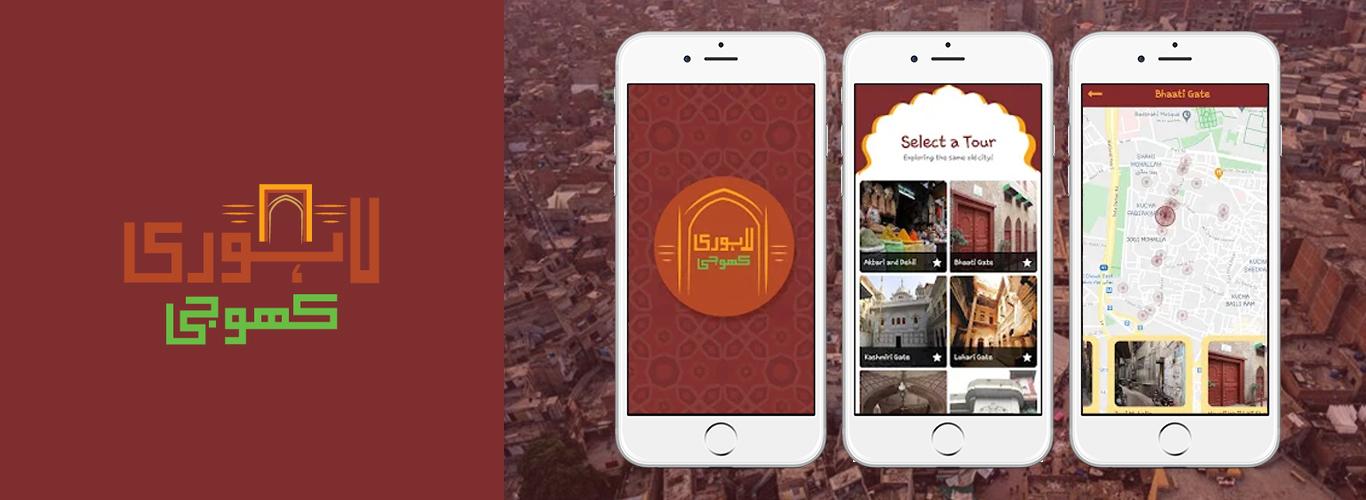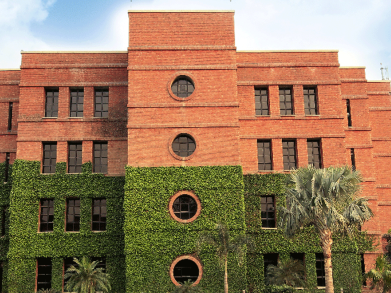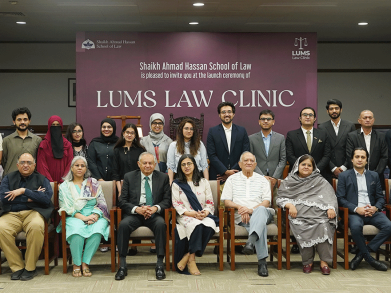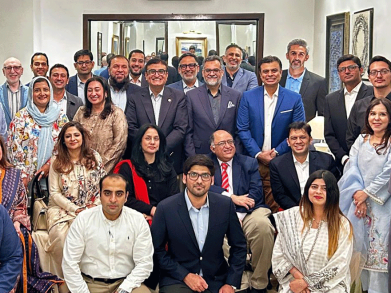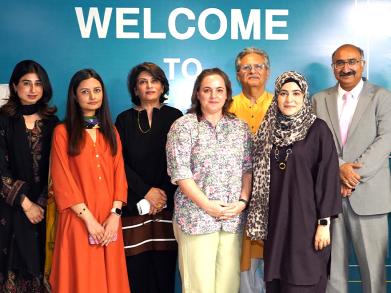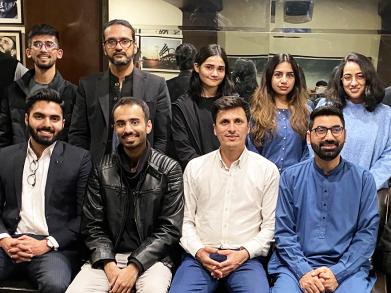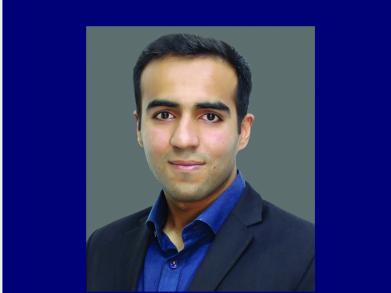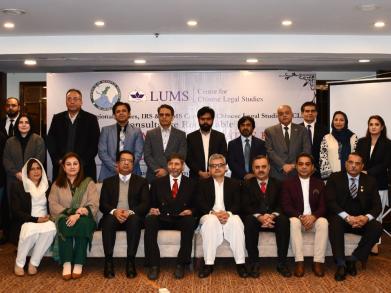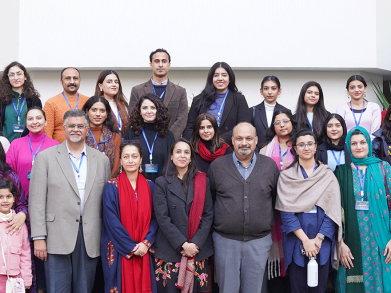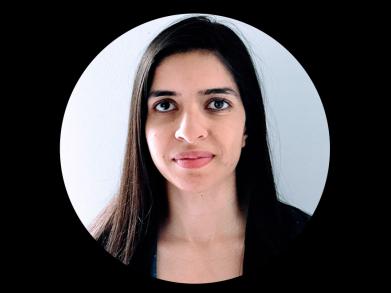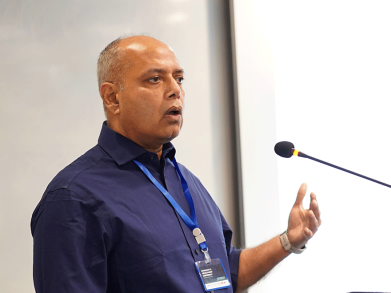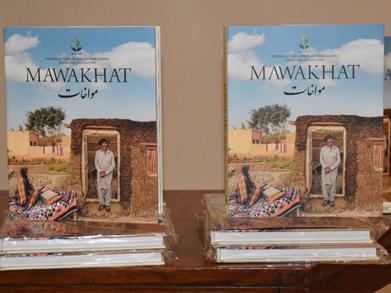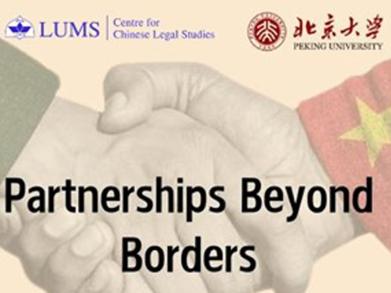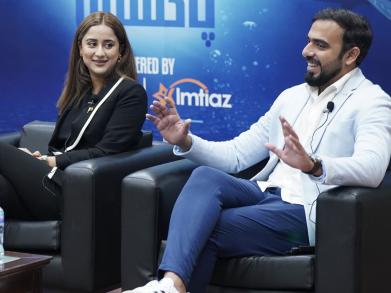Lahori Khoji: Students at LUMS Develop App to Navigate the City of Lahore
The recently launched app, Lahori Khoji, is the perfect partner for those eager to explore the androon shehr of Lahore. The maze-like network of narrow streets of the walled city can be fascinating as well as daunting for city-dwellers, and navigating them without a knowledgeable local guide can be tiresome. Associate Professor, Dr. Ali Usman Qasmi’s enterprising history students thus came up with a solution to discover the hidden treasures of the walled city.
As part of a course on the history of Lahore, ‘Walking in the City’, over 30 undergraduate students were assigned to map out a walking trail for some of the famous gates of the walled city. In groups, the students researched the gates, their surrounding neighbourhoods, historical sites, and the history and experiences of the residents of the area. The result is Lahori Khoji, an app created by Azan Bin Zahid, Taimoor Ali, Nawal Fatima Rai, Usama Liaqat and Syeda Fatima Tahseen. The technical aspects of the app were completely developed by Azan and Taimoor as part of their Computer Science senior year project under the supervision of Dr. Suleman Shahid, Assistant Professor Computer Science. Lahori Khoji not only provides a brief history of various places of interest, but also pins them on Google maps to facilitate explorers.
“Using the conceptual category of 'walking', my students and I explored to address questions of dwelling and belonging, the frustrations and challenges of everyday existence, the pursuit of economic gains, and spiritual succor in a postcolonial city,” said Dr. Qasmi, whose role was mainly supervisory as his students worked on the app.
“Our aim was not to approach the walled city as a museum but to connect with it in an experiential manner - an intimacy of sorts that comes with knowing the city and developing a sense of familiarity. The app is not about promoting tourism but to encourage people - even if they are residents of Lahore - to know their city and its people in a better way,” he added.
In this project, the students were supported by a Lahore-based researcher and historian, Faizan Abbas Naqvi.
“Faizan is a brilliant and highly knowledgeable individual. He provided us with unique information that was not easily accessible. He ensured that the accuracy of historical data was maintained, and he is the reason our project was able to provide information about historical sites that are not commonly visited,” said Syeda Fatima Tahseen, a Political Science Major from the Class of 2021, who also worked on the app.
“We made the app as part of the History course; it simultaneously served as a Senior Project for two individuals majoring in Computer Science at LUMS. We conducted the primary research and provided the necessary information and material that formed the content of the application,” she added.
Fatima also discussed the challenges faced during the development and launch. “While I cannot speak about the technological challenges, we as students faced multiple challenges while conducting primary research. It took us some time to get acquainted with the streets of old Lahore, and to maintain a system of data collection where our safety was not compromised, the privacy of the residents of the areas not violated, and the essence of the data collection remained untainted,” she said.
The historic site in Lahore she enjoyed visiting the most was Bibi Pak Daman, due to the rich and contested histories that surround it, the emotional value it holds, and her overall experience.
Discussing the importance of historical sites and encouraging a love for history in today’s generation, Dr. Qasmi said, “The critical point is to inculcate a sense of historical knowledge rather than approaching the built heritage as something exotic that needs to be consumed. In our usual parlance of heritage, we reduce sites to objects of curiosity and commodify them without realising the continued importance of their history in everyday lives. There is a certain 'presencing' of that past in our daily lives. We need to recognise it.”
Talking about his favourite historic site in Lahore, Dr. Qasmi said, “There are so many of them that it will be difficult for me to identify just a few. I think an essential question is if even Lahoris can identify historic sites other than the Badshahi Mosque, Minar-i-Pakistan, and Wazir Khan Masjid. For most of us, I am afraid this is the extent of what we know about Lahore and its historical sites. This is because much of what we know of the city is limited to our experience of the M.M. Alam Road and the gaudy shopping malls.”
Dr. Qasmi was skeptical whether the app could promote tourism of historic sites in Pakistan. “Reading is essential to any aspect of culture, history, and literature that we seek to inculcate in our students and younger generations. Sure, technology can help. That's why we developed this app. But it is only to facilitate. It is not a replacement for what we can learn from reading books and critical reflection,” he explained.
Currently, Dr. Qasmi is working on developing Lahori Khoji further. “We realise that it has a limited scope, and we need to overcome several technological challenges. We hope to partner with the local government and significant specialised firms to streamline the app and develop more innovative features in the years to come.”

